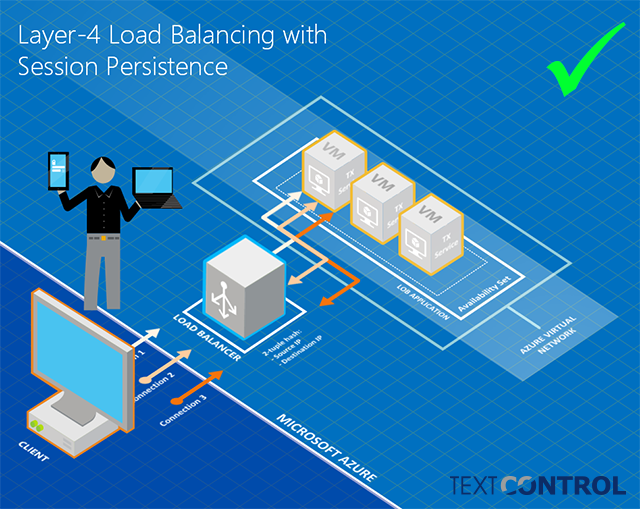In order to use DS Server on several servers with a load balancer, the security profiles must be cloned on each server. To do that, you can create them manually using the DS Server admin portal or create those security profiles programmatically using the Web API.
The best practice strategy to create a cluster of servers is the following workflow.
Create a master server and create your required security profiles.
Create as many new servers using Docker or any other recommended way to install DS Server.
License the servers as described in the Administration and Settings chapter.
Read all security profiles using the Web API endpoint [GET] admin/securityprofiles and apply them programmatically using the endpoint [POST] admin/securityprofiles.
LOB (line of business) applications are often deployed with a Load Balancer that distributes incoming traffic to healthy virtual machines or cloud services. When deploying DS Server, picking the right distribution algorithm is important.
Most cloud provides such as Azure provide a distribution mode called Source IP Affinity (also known as session affinity or client IP affinity). The load balancer can be configured to use a 2-tuple (source IP, destination IP) or 3-tuple (source IP, destination IP, protocol) to route traffic to the available servers. By using Source IP Affinity, connections initiated from the same client are routed always to the same endpoint.
